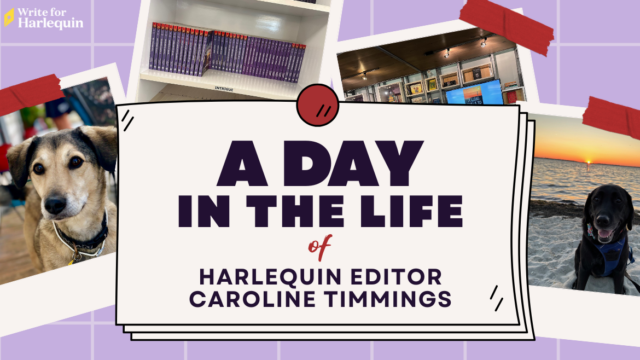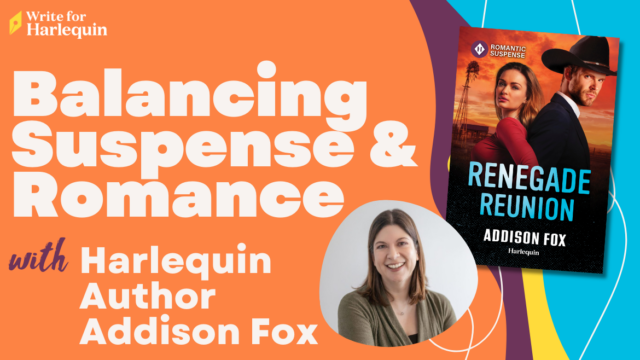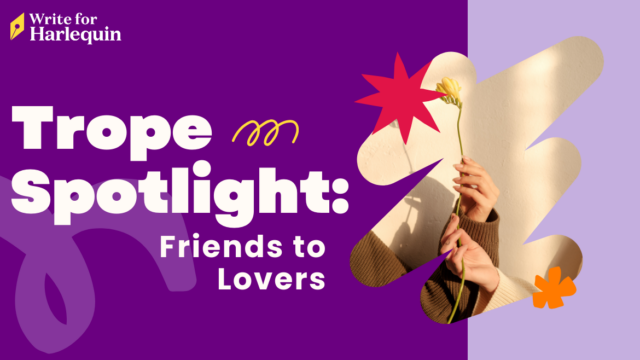Publishing is definitely a business of ebbs and flows, with periods of intense activity and emails and tension followed by a lull when it’s just business as usual. The latest burst of intensity Amy Woods has been going through is the line edit stage…
Reviewing the line edit–or what did you do to my baby????
Thanks again for having me on the SOLD! blog! It’s a pleasure to be back. I hope that these posts, which deal with how I’ve navigated the publishing process, will offer insight and encouragement to fellow new authors, so that when you sell that first manuscript, you’ll have a better feel for what’s next.
Remember that feeling in school when you got back a paper you’d written, certain that it would be covered in smiley faces and comments praising your expert execution of prose, your astute and artistic employment of the English language—only to find the thing covered in red marks rather than happy faces?
Yeah, line edits are a bit like that. At first glance, they can be daunting enough to scare the pink off a pig.
Bear with me now.
I say this not to terrify you or send you running away from publishing to take up a less formidable career path such as, say, being a professional trapeze artist. I say it because it’s the truth. Line edits can be a little overwhelming. When I first received them for my debut novel, HIS TEXAS FOREVER FAMILY (out from Harlequin Special Edition in September 2014), I opened the document with one eye closed.
There they were – all those little red Track Changes boxes. So, I took the advice I gave in my last post for tackling revisions. I read through my editor Carly Silver’s suggestions, which she sent in her cover email, scanned through the manuscript, made myself some notes, and walked away. There may have been some chocolate involved – I can’t be certain.
But, the next day…I came back, ready to face those little red boxes. And, much like during the revision stage, as I addressed each comment, the book became better and better.
Revisions usually cover issues that are the broad strokes of your manuscript; your editor might ask you to add more emotion or work on deepening characters or plot. In contrast, line edits are like polish. They exist to clarify language, to smooth out bumpy spots, and to rectify inconsistencies or any confusing elements.
For example, I had a section in my manuscript in which all the teachers went to a luncheon in the middle of a school day. I’ve been a teacher – I know how ridiculous that sounds. Who’s watching the kiddos? In real life, chaos would erupt immediately if that happened, but I didn’t catch my error. As writers, we often get so focused on telling the story, getting to the meaty emotions and sinking our teeth into the heart of a scene, that we forget details like this, which might cause a reader to stop reading and think, “Hey. Wait a minute. That doesn’t make sense,” before closing the book in frustration.
But Carly caught those things and I was happy (embarrassed, but happy) to sort them out.
As I’ve said before, editors and authors have the same goal for their publications. Carly is on my side – she wants this book, and all the others she works on, to be the very best that it can be. When we care about something we’ve created, we want it to be at its finest when it makes its debut. We all know how important first impressions are.
When talking your own line edits, it might help to keep the following in mind:
-Now is a good time to take off your writer’s hat and view your manuscript as a reader would. This is your chance to fix all those things that might pull your reader out of the enchantment of your story – no writer wants that.
-Your editor is there to help your book shine. If something comes up in your edits that confuses you, or that you perhaps disagree with, ask your editor. He or she will be more than willing to answer your questions or clarify the issue in a way that’s in the best interest of the book.
-If you start to feel overwhelmed, consider addressing the edits in stages – handle the minor changes (word choice, etc.) first, take a break for a day or two depending on your deadline, and then tackle the larger issues. I like to make a list of my editor’s suggestions and cross them off as I go along.
As I continue posting about my newbie author experiences, I sincerely hope to provide insight into the publishing process that might serve you well when you get to this juncture of your own journey.
As ever, I am more than happy to answer any questions.
Yours truly,
Amy
Thank you, Amy, and we’re eager to see just how those little changes made the difference for your September 2014 debut!
You can also keep up with Amy’s adventures on her website or on Twitter, where she is @AmyWoodsBooks. Her editor can be found on Twitter as @CarlyASilver.
And don’t forget to check out our Writing Guidelines for specifics for each line, or visit the Harlequin Community!





